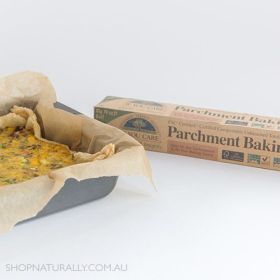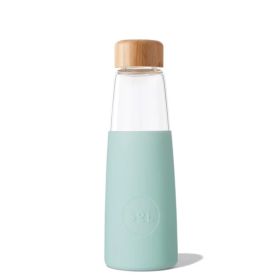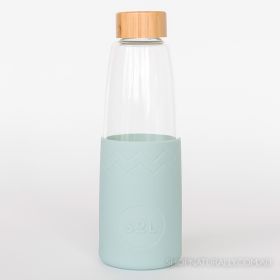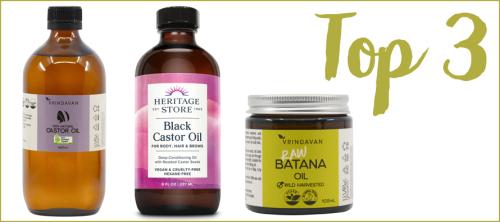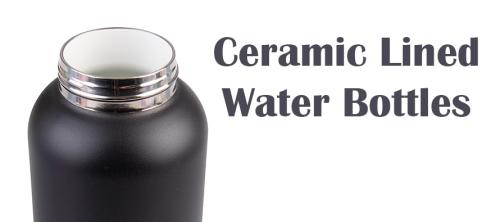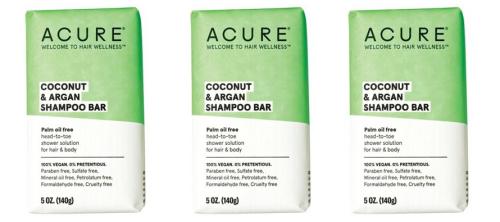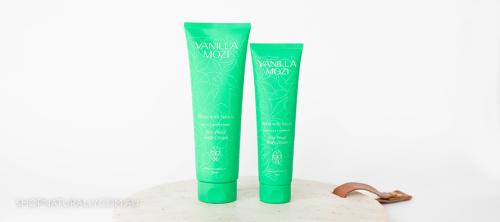The safest way to use bpa free water bottles
This week, a new report was released about the use of chemicals in water bottles and how the removal of bpa from the plastic does not mean they are safe. First, a little history. BPA (or Bisphenol A) is a chemical that was used to make hard clear polycarbonate plastic strong. It was mainly used in baby bottles and water bottles and has pretty much been phased out completely. Clear plastics are made differently now.
After the removal of BPA, some manufacturers replaced this with BPS (or Bisphenol S) and this was found to be just as harmful, if not more so. The only clear plastic we sell in store is made from Tritan Eastman and I can confirm that Tritan is BPA Free and BPS Free. A new study released this week from Peking University shows that another alternative ingredient, flueorene-9-bisphenol (BHPF) shows the same endocrine disrupting properties as both BPA and BPS do. We will be contacting our manufacturers to find out whether BHPF is in their products and to find out any test results with regards to it leaching in to drinking water.
What's the safest way to use a plastic water bottle or food container?
Regardless of whether a bottle may have bpa, bps or bhpf in it, it's still plastic and it's going to break down over time and you don't want to be ingesting any of it. After speaking to experts in this field on many occasions, we hear recurring themes with the use of both plastic water bottles and plastic food containers.
- Plastics break down quicker in extremes of temperature. If you put them in the microwave with food in them, you have a higher chance of ingesting tiny particles. Don't use plastic containers or bottles in the microwave. Opt for something from our Glasslock range for reheating food. If you already have glass food containers at home, use those. We always have Glasslock sets on sale, usually at 50% off, to help you make the switch.
- Plastics also break down quicker in the freezer. While water bottles in the freezer aren't a common thing (mainly because most water bottles aren't rated for it), plenty of people put food containers in the freezer that are plastic. In the long term, it's not really a good idea. Don't go throwing away all your containers just yet though. They're still fine for storage in your cupboard where there's little temperature variation, or you can line them with If You Care Parchment Paper before you put the food in.
- Don't let them sit filled in the sun. If you're using a plastic water bottle on your desk at work and you fill it up and drink it during the day, there's no change of temperature and the water is only in the bottle for a short period of time. Same thing for a water filter jug. You filter the water, let it sit in the jug for a short period of time and then drink it. Fill one up and leave it in your car on a hot day and you will taste the difference in the water. I made the mistake of doing this on a 40 degree day once. Just horrible. Needless to say, from the following day onwards, it was a glass water bottle that sat in my car. We have a dedicated blog post about how to filter water without plastic and it explains why don't think it's necessary if it is done correctly.
What are the alternatives?
Don't want to use plastic? That's fine too. Plenty of people want to live a plastic free life and we have plenty of plastic free / plastic minimal options available. In the water bottle category, simply choose from something made from stainless steel or glass. Want zero plastic touching your water? While many still have a bpa free lid on them, we do have 100% plastic free options in both categories. The Sol Water Bottles with the silicone wrap are made from glass and have stainless steel underneath the lid.
In stainless steel, your options are choosing a water bottle from Cheeki with the screw lid as they have silicone on the underside of the lid, or adding a stainless steel screw lid to any Classic bottle from the Klean Kanteen range.

